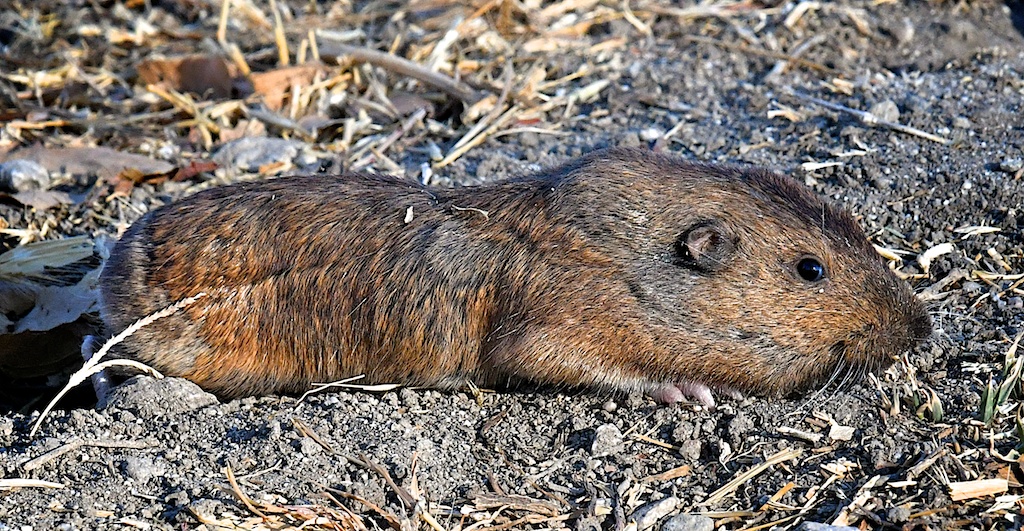

The stashing and subsequent decomposition of plant material in the gophers' larder can produce deep fertilization of the soil. At the same time, the soil disturbance created by turning it over can lead to the early establishment of ecological succession in communities of r-selected and other ruderal plant species. The resulting destruction of plant life then leaves the area a stretch of denuded soil. Some species are considered agricultural pests. Gophers eat plant roots, shrubs, and other vegetables such as carrots, lettuce, radishes, and any other vegetables with juice.

This has led to their frequent treatment as pests. Gophers often visit vegetable gardens, lawns, or farms, as they like moist soil (see Soil biomantle). Burrows are in many areas where the soil is softer and easily tunneled. Tunnel entrances can be identified by small piles of loose soil covering the opening. Unlike ground squirrels, gophers do not live in large communities and seldom find themselves above ground. They are larder hoarders, and their cheek pouches are used for transporting food back to their burrows. Behavior Īll pocket gophers create a network of tunnel systems that provide protection and a means of collecting food. Common predators of the gopher include weasels, snakes, and hawks. Pocket gophers have often been found to carry external parasites. Gophers have small eyes and a short, hairy tail, which they use to feel around tunnels when they walk backwards. These pouches are fur-lined, can be turned inside out, and extend from the side of the mouth well back onto the shoulders. Their most characteristic features are their large cheek pouches, from which the word "pocket" in their name derives. Most gophers have brown fur that often closely matches the color of the soil in which they live. Some gophers, such as those in the genus Geomys, have lifespans that have been documented as up to seven years in the wild. The maximum lifespan for the pocket gopher is about five years. Īverage lifespans are one to three years. Within any species, the males are larger than the females, and can be nearly double their weight. A few species reach weights approaching 1 kg (2.2 lb). If no status is listed, there is not enough data to establish status.Gophers weigh around 200 g ( 1⁄ 2 lb), and are about 15–20 cm (6–8 in) in body length, with a tail 2.5–5 cm (1–2 in) long and 2 1/2 to 3 1/2 in. Status and range is taken from ICUN Redlist. Least Concern Near Threatened Vulnerable Endangered Critically Endangered Extinct in Wild Extinct Their tunnel systems have sleeping chambers, food storage chambers and even bathrooms! Pocket gophers are solitary animals and eat roots and tubers. Pocket gophers build elaborate tunnel systems underground. Their cheek pouches are used to carry food and can be turned inside out! Pocket gophers are named for their fur-lined cheek pouches.

They have stout bodies short tails big heads small ears and eyes and short, but powerful legs with strong digging claws. Pocket gophers are found in North and Central America.


 0 kommentar(er)
0 kommentar(er)
